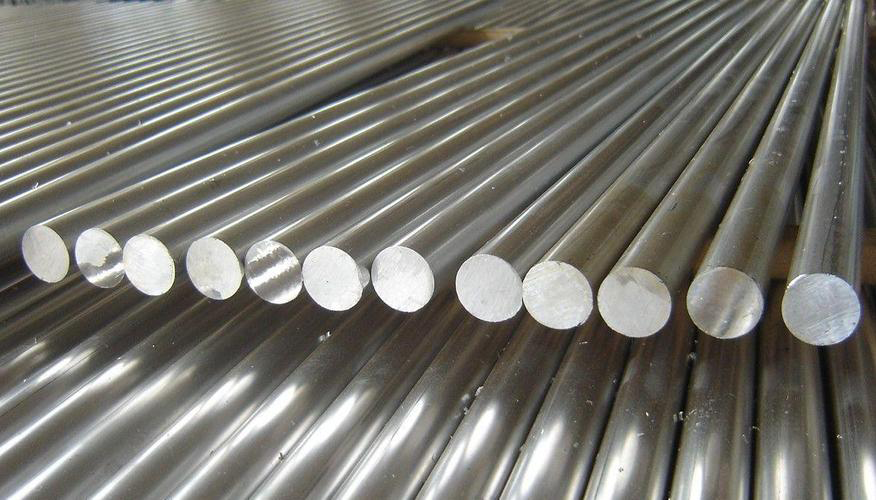Characteristics, Classification And Development Of Duplex Stainless Steel Pipes
Development of duplex stainless steel
Duplex stainless steels are called “duplex” because their metallurgical microstructure consists of two types of ferrite and austenitic stainless steel grains. When the duplex stainless steel melts, it first solidifies into a complete ferrite structure when it solidifies from the liquid state. As the material cools to room temperature, about half of the ferrite grains are transformed into austenite grains. As a result, about 50% of the microstructure was an austenite phase and 50% was a ferrite phase.
The strength of duplex stainless steel is about twice that of conventional austenitic stainless steel or ferritic stainless steel. So designers can reduce wall thickness in some applications. The corrosion resistance of stainless steel mainly depends on its chemical composition. In most applications, duplex stainless steels show high corrosion resistance due to their high chromium content, which is advantageous in oxidizing acids, and contains sufficient amounts of molybdenum and nickel to resist moderately reducing acids. Corrosion of the medium.
Duplex stainless steels are resistant to chloride pitting and crevice corrosion, depending on their chromium, molybdenum, tungsten, and nitrogen contents. The relatively high chromium, molybdenum, and nitrogen content of duplex stainless steels makes them very resistant to pitting and crevice corrosion of chlorides. They have a series of different corrosion resistance properties, both of which are equivalent to the corrosion resistance of 316 stainless steel, such as economic duplex stainless steel 2101 ©, and the equivalent of 6% molybdenum stainless steel, such as SAF 2507 ©.
Characteristics of duplex stainless steel
Duplex stainless steel has very good resistance to stress corrosion cracking (SCC). This property is “inherited” from the ferrite side. The resistance of all duplex stainless steels to chloride stress corrosion cracking is significantly better than that of 300 series austenitic stainless steels. Standard austenitic stainless steel grades such as 304 and 316 may undergo stress corrosion cracking in the presence of chloride ions, humid air and elevated temperatures. Therefore, in many applications in the chemical industry where there is a greater risk of stress corrosion, duplex stainless steel pipes are often used instead of austenitic stainless steel pipes.




